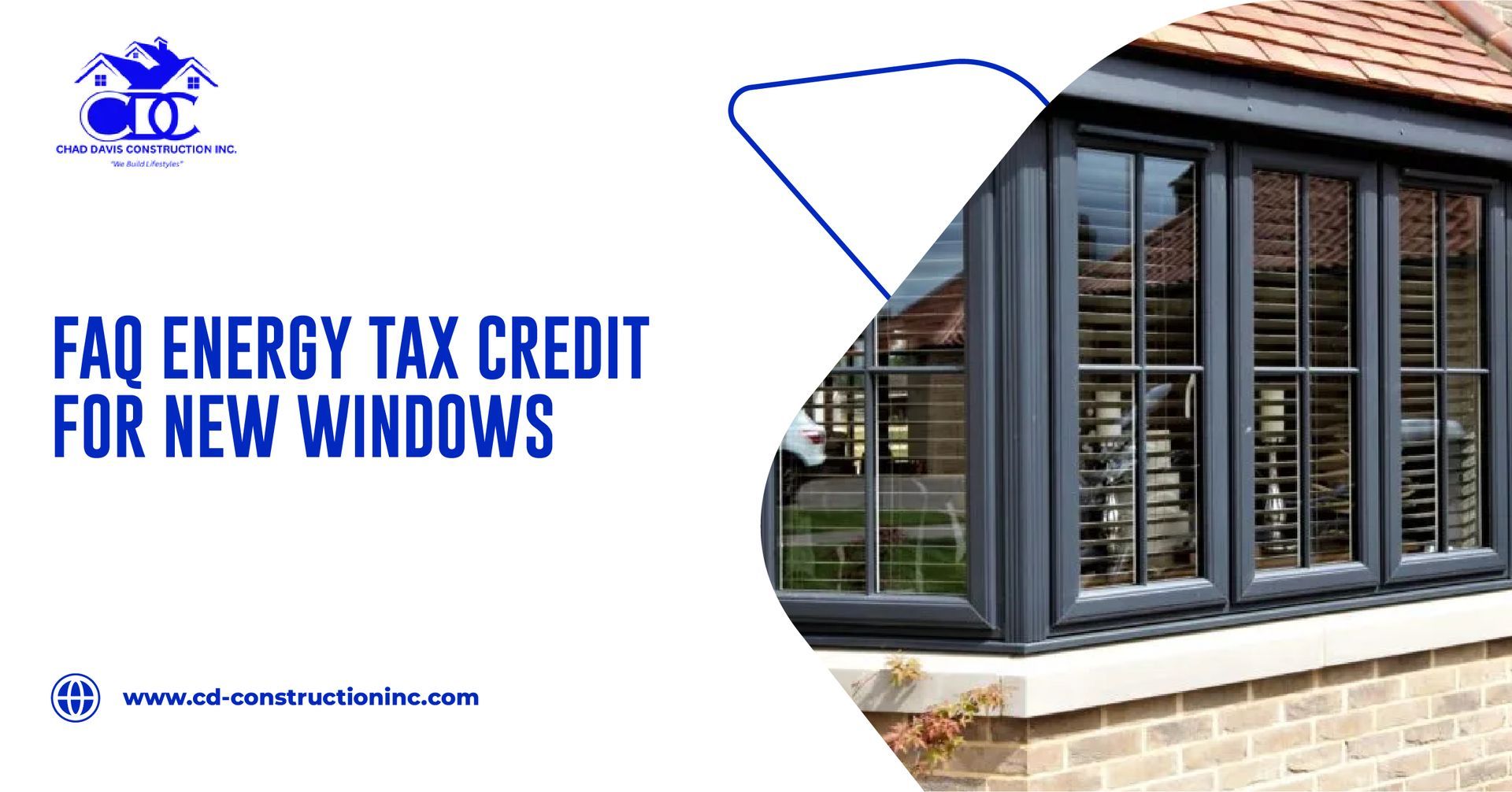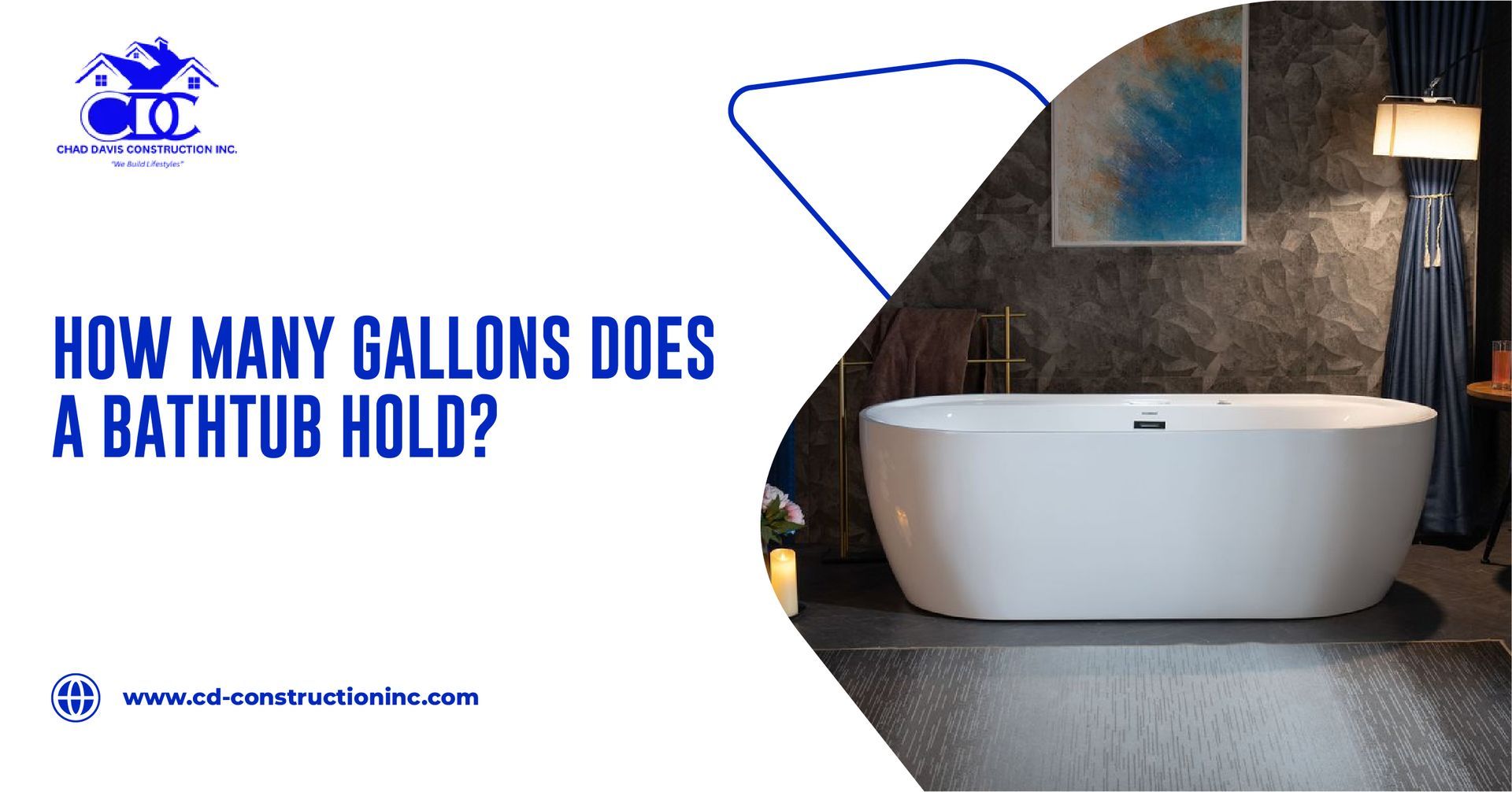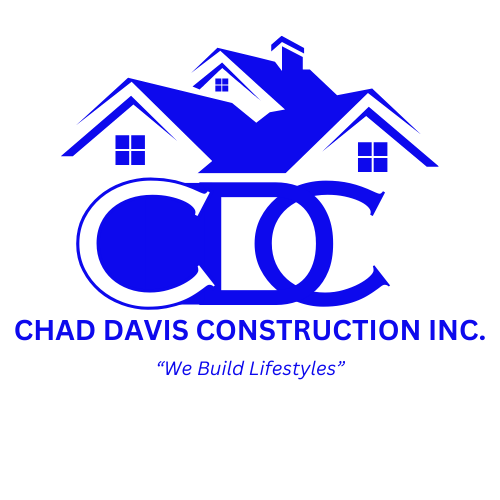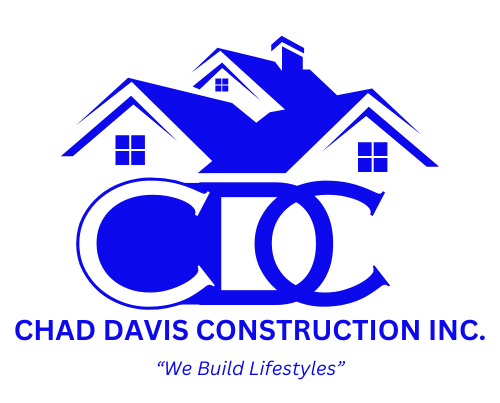The Top 5 Benefits of Custom Wood Decks
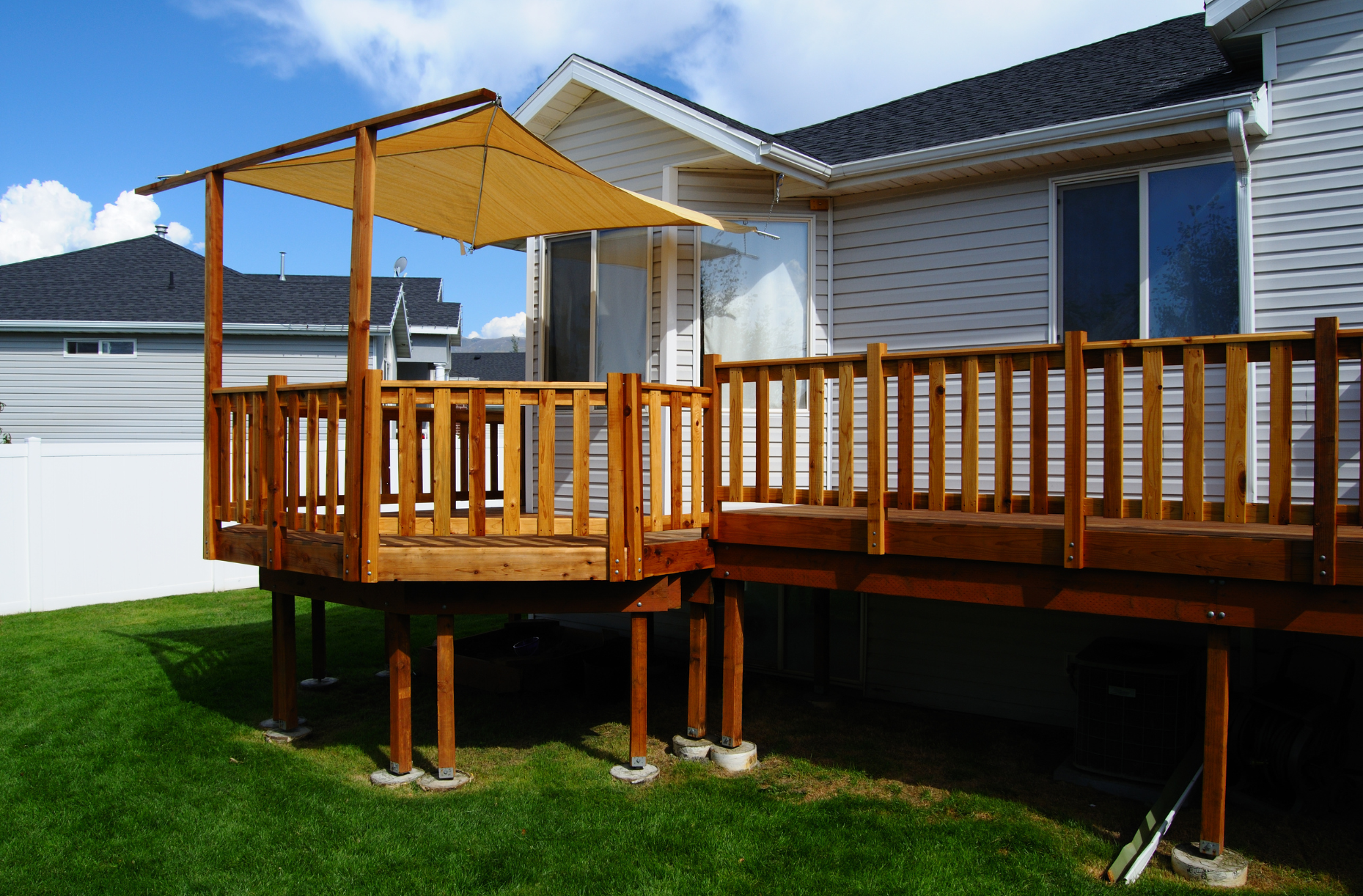
A custom wood deck is more than just an outdoor addition—it’s a space where memories are made, gatherings are hosted, and relaxation takes center stage. At Chad Davis Construction, we specialize in creating stunning, durable wood decks that not only enhance the beauty of your property but also significantly increase its value. Let’s explore why a custom wood deck is the perfect investment for your home.
The Benefits of Custom Wood Decks
- Boost Property Value
A well-designed wood deck can dramatically increase the market value of your home. Buyers love outdoor spaces that are functional and visually appealing, making a custom deck a sought-after feature in the real estate market. - Expand Your Living Space
Custom wood decks provide an outdoor extension of your home, creating a versatile space for entertaining, dining, or simply relaxing. Whether you want a cozy area for morning coffee or a spacious deck for hosting barbecues, the possibilities are endless. - Aesthetic Appeal
Wood decks bring natural beauty and warmth to your property. With options like cedar, redwood, or pressure-treated lumber, you can choose materials and finishes that complement your home’s style. - Eco-Friendly Options
Many wood types used for decking are sustainably sourced, making them an environmentally friendly choice for homeowners who care about reducing their carbon footprint. - Durability and Longevity
With proper care and maintenance, custom wood decks are built to last for years. Chad Davis Construction uses high-quality materials and expert craftsmanship to ensure your deck stands the test of time.
The Beauty of Chad Davis Construction’s Custom Decks
At Chad Davis Construction, we take pride in designing and building wood decks that perfectly blend functionality with elegance.
Why Choose Us?
- Tailored Designs: Every deck we build is customized to meet your preferences, from size and layout to wood type and finish.
- Expert Craftsmanship: Our skilled team ensures every detail is executed with precision, resulting in a flawless finish.
- Quality Materials: We use premium-grade wood that is both beautiful and durable.
- Stress-Free Process: From consultation to completion, we handle every step of the project with professionalism and care.
How Custom Decks Increase Property Value
Adding a custom wood deck to your home is a smart investment. Here’s how it enhances your property’s value:
- Curb Appeal: A beautifully designed deck adds charm and sophistication, making your home stand out in the neighborhood.
- Outdoor Living Trend: As outdoor living spaces grow in popularity, homes with decks are increasingly desirable to buyers.
- ROI Potential: According to real estate experts, homeowners can recoup a significant portion of their investment in a wood deck when selling their property.
Ready to Enhance Your Outdoor Space?
Transform your backyard with a
custom wood deck by Chad Davis Construction. Whether you want to create a cozy retreat or an entertainer’s paradise, our team is here to bring your vision to life.
